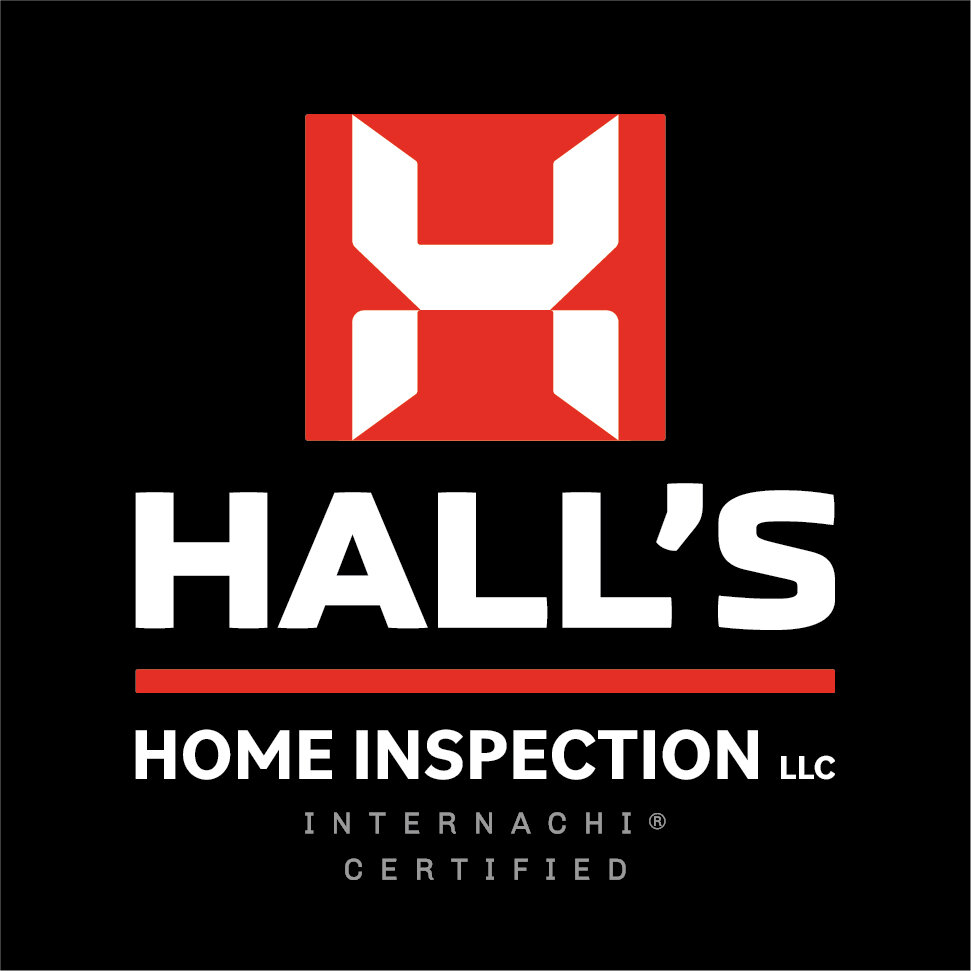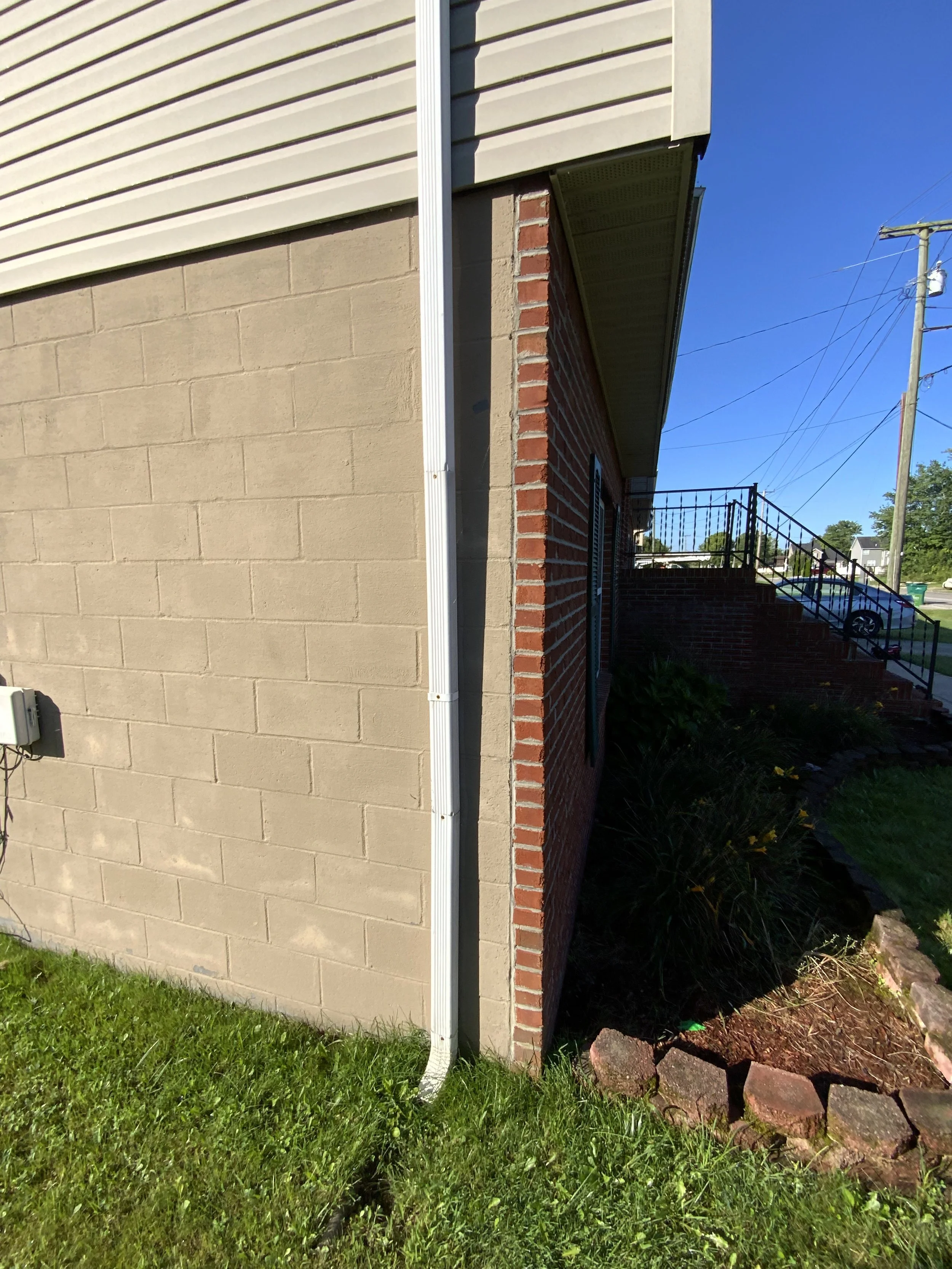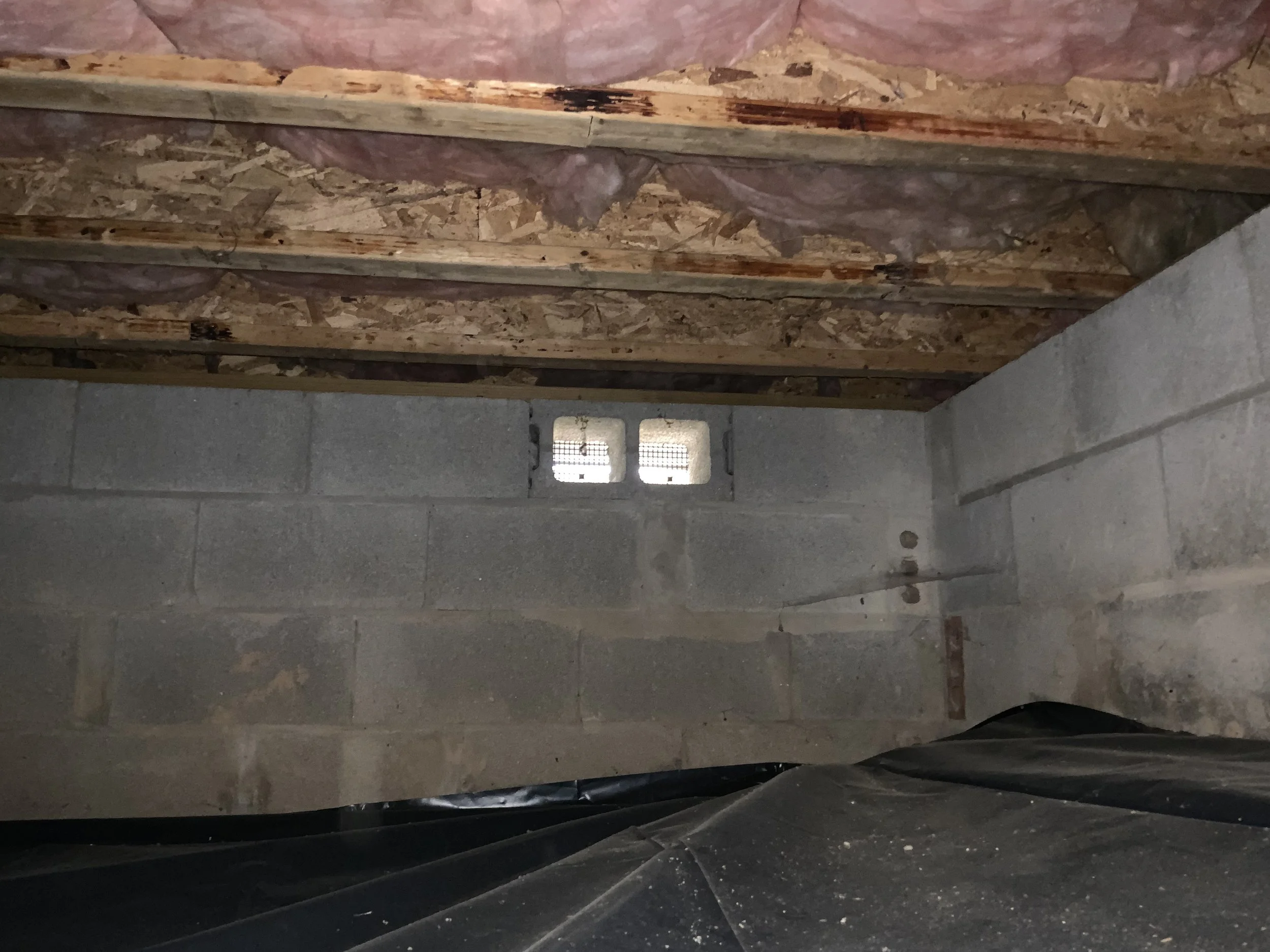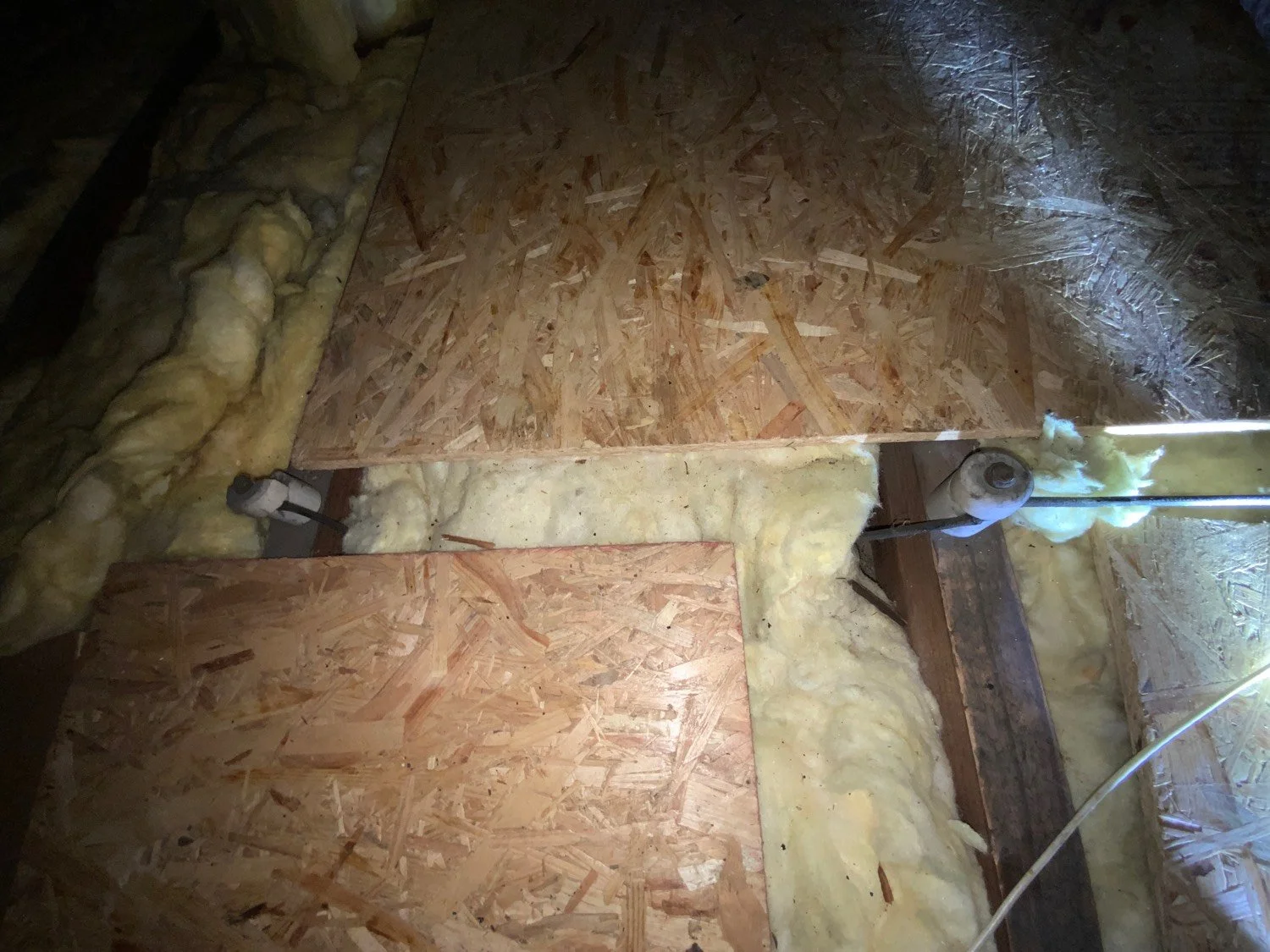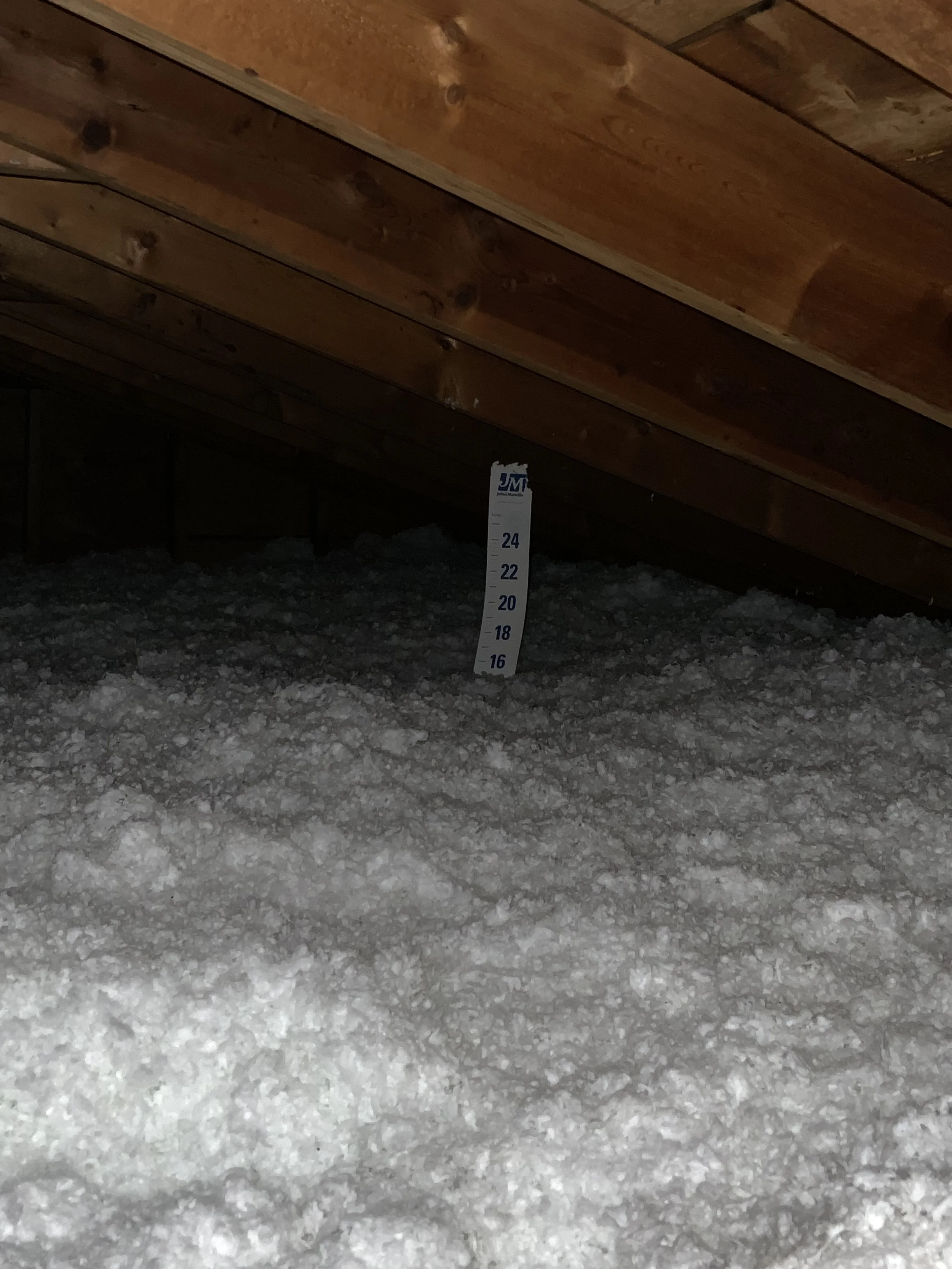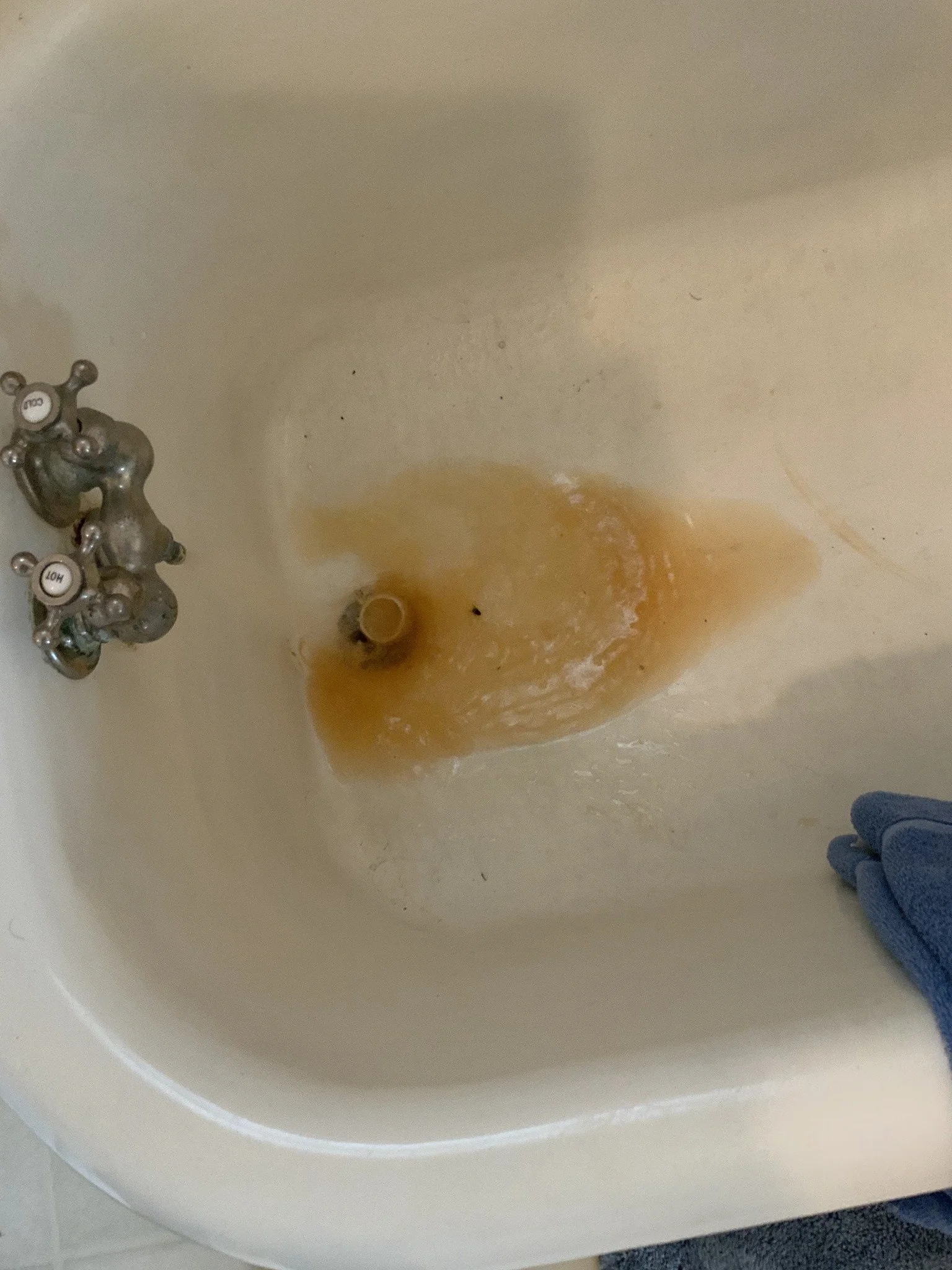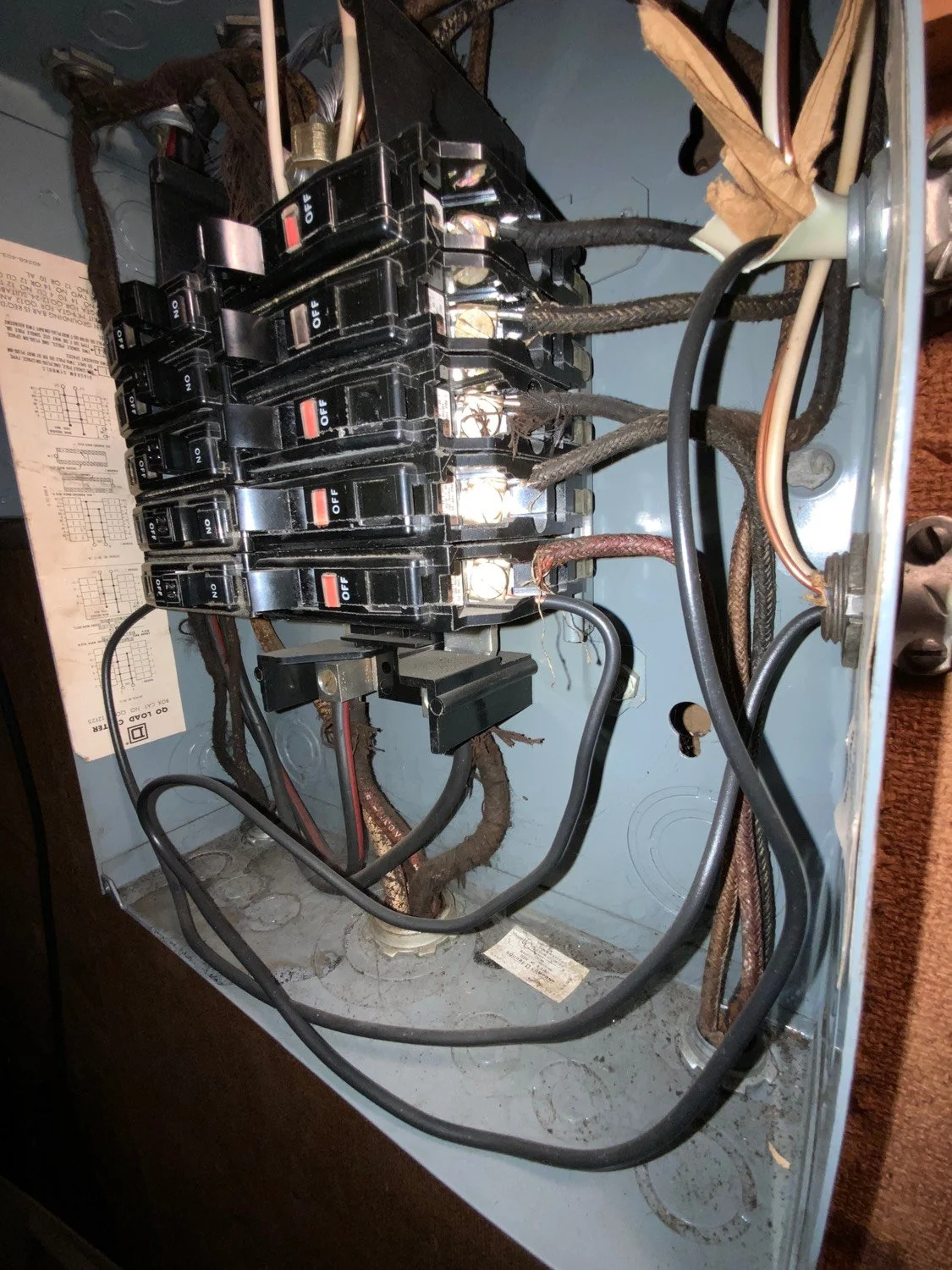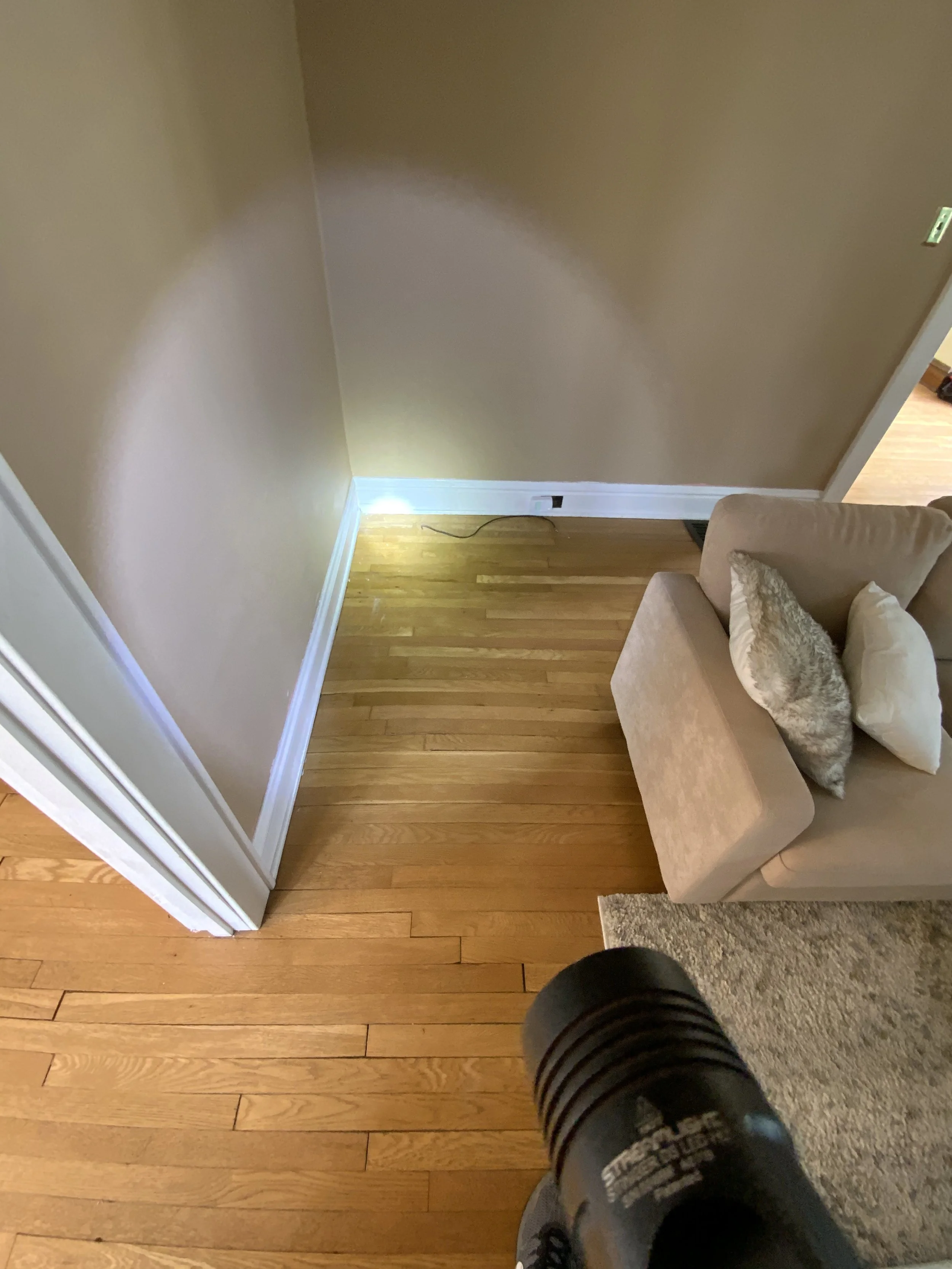Older Homes vs Newer Homes
Are older homes better than newer homes? This is a common question. Many people will say yes, that they just don’t make them like they used to. That is true, but it’s not the whole story.
Older homes were built differently than modern homes. They used different materials and had some different techniques. In this blog we’ll go over some of the common differences between old and newer homes.
Although I don’t have hard data, from my experience working and living in Huntington my whole life, I can tell you that most homes were built before 1980. Many were built between 1900-1960.
Huntington is brick city. The majority of our older homes are brick homes. True brick homes are very strong and resilient if built correctly.
In modern construction we don’t build many brick homes anymore due to their cost. We do build brick veneer homes today. What’s the difference? Brick is structural, veneer is not.
Typical Hurricane split foyer home. Notice the brick facing on the front of the home is only 1 brick wide. This is brick veneer. It is a regular brick most likely, but is not considered structural at one layer. Notice the concrete block to the left. This is what the brick is attached to on the front.
A structural brick wall is actually two layers of brick side by side. You can’t actually see this second layer most of the time. Structural brick often has brick headers throughout the wall. These bricks are often stacked vertically instead of horizontally, and are found over windows, doors, or simply throughout the wall at regular intervals. These help support the weight from above. Veneer homes may or may not have these.
Another area where older homes differ is wood. In older homes we used what is called old growth lumber. Old growth lumber is cut from trees that were very old. In the past this was easy and cheap. Today, due to sustainability, we don’t generally cut down older forests. For sustainability, we now use fast growing trees such as pine. We can harvest these trees within 20 years as opposed to 30, 40, or 50+ years of the past.
Old growth wood is stronger than modern wood. It also resists rot.
The joists above in this hurricane home are engineered I joists. They are formed with a thin OSB web that is sandwiched between a bottom and top flange made of laminated wood. They may look flimsy, but they can span longer distances than solid wood and are just as strong if not stronger. They also resist bending and warping that solid wood is susceptible to. Not of all of the meat in a wood beam is necessary to carry the weight. I beams work because the top and bottom flanges are wide enough to support the weight above, so the middle web doesn’t need to be as hearty. These are very common in modern construction. They came pre-built, and are quicker and cheaper to install than solid lumber. The main downside is that they will not resist fire as well as solid wood.
But modern homes have something older homes do not: engineered wood designs.
Wood trusses, engineered I beams, and even plywood and OSB did not exist in the past or were not always easy to get. These designs are often cheaper, stronger, and quicker to install and/or replace than solid lumber. In Huntington we don’t have much new construction, so we don’t see this a lot. In Barboursville and Hurricane we do see these designs (trusses and I beams) a lot more frequently.
So back to the question? Are older homes better than newer homes?
Well, no. It is true that older homes were built with high quality materials, but older homes are also terribly inefficient. Older homes often have little to no insulation and poor sealing which leads to drafts. These homes cost a fortune to heat and cool compared to a modern home.
This home was at least 100 years old. Notice the knob and tube wiring. This wiring can overheat and catch fire when buried in insulation, as is shown in the photo above. Also, this fiberglass insulation is not original, so somebody has added it, but there was only 2-3 inches and it didn’t even cover the joists. This will not do much good. 2-3 inches of fiberglass will be no more than 10 resistance value (R). The proper R value for an attic is 38. This was commonplace in the past but outdated today.
This home had excellent insulation. It was mid century, and this was not the original insulation either. Somebody paid several thousand dollars to have this done professionally. There were yellow fiberglass batts in the joists and then covered with blown in insulation. Notice the R stick that measures the depth of the insulation. This attic had 15 inches of fiberglass insulation for an estimated R value of 40-45. That’s a great number to have! This homeowner is going to save a lot of money on heating and cooling costs. The only thing that can go wrong with too much insulation is covering the soffit vents at the eaves. Other than that, the more the better for the most part. This home was in altizer.
Some older homes have outdated or unsafe components, such as knob and tube and solid strand aluminum wiring, lead or galvanized pipes (which rust from the inside out), etc.
Galvanized pipes rust from the inside out, which is what caused this water to be discolored. After a few minutes of running the water it will usually clear up. Galvanized pipes were installed in the 70s until we realized they weren’t the best choice.
Many of these electrical wires are solid aluminum conductors. These were used briefly in the 60s and 70s as a cost effective alternative to copper. They were phased out after it was learned they have a higher chance of starting fires. Today we use copper or stranded aluminum, both of which are safe.
Additionally, due to lack of building codes and standards, some homes in the past were built with structural deficiencies. Check out this home that I was in, the floors throughout the entire home were sagging and wavy. This waviness is caused by structural inadequacies in the crawlspace. The client was aware of this, it had been addressed via additional supports recently installed, but the damage was done.
What caused this? The weight of the home was too much for the crawlspace. Today we have accessible building codes and standards, and engineers are often involved in the construction of a home. In the past, this was not always available or viewed as necessary. So no, older homes are not always structurally better. But the ones that have survived to the present day are often the ones that were built well.
Modern homes are more efficient in just about every way. We have a wide variety of standards that are designed for occupant safety, comfort, and efficiency, and our homes are structurally sound. We also have building materials that we didn’t in the past. We have a wide range of engineered wood products that are cheaper and stronger than solid lumber to build with today. We also have materials for plumbing like PEX that are easier and quicker to install than traditional plumbing and that are less likely to burst in freezing temperatures.
Modern homes often have electrical systems with a lot of safety features, like GFCI, AFCI, grounded circuits, etc. They are usually much more energy efficient and comfortable to be in.
Older homes are not better than modern homes. They are just different. The ones that have survived are often the ones that were the most well built. And today there are bad homes that have been built by shoddy contractors. Older homes often have solid wood and masonry and a lot of craftsmanship in their work. Modern homes are sometimes more mass produced in their materials and layout, but are usually much more energy efficient and comfortable to live in. They each have their pros and cons, and neither is better.
Regardless of whether you want the charm of an older home or the efficiency of a modern home, I’m trained to inspect your home and educate you on its condition at the time of inspection. Make sure you choose a Certified Professional Inspector® to perform your home inspection to get the best value and quality possible.
Huntington, Barboursville, Milton, Hurricane, Teays Valley, and surrounding areas.
Call today for quotes and scheduling. 304-544-4762
